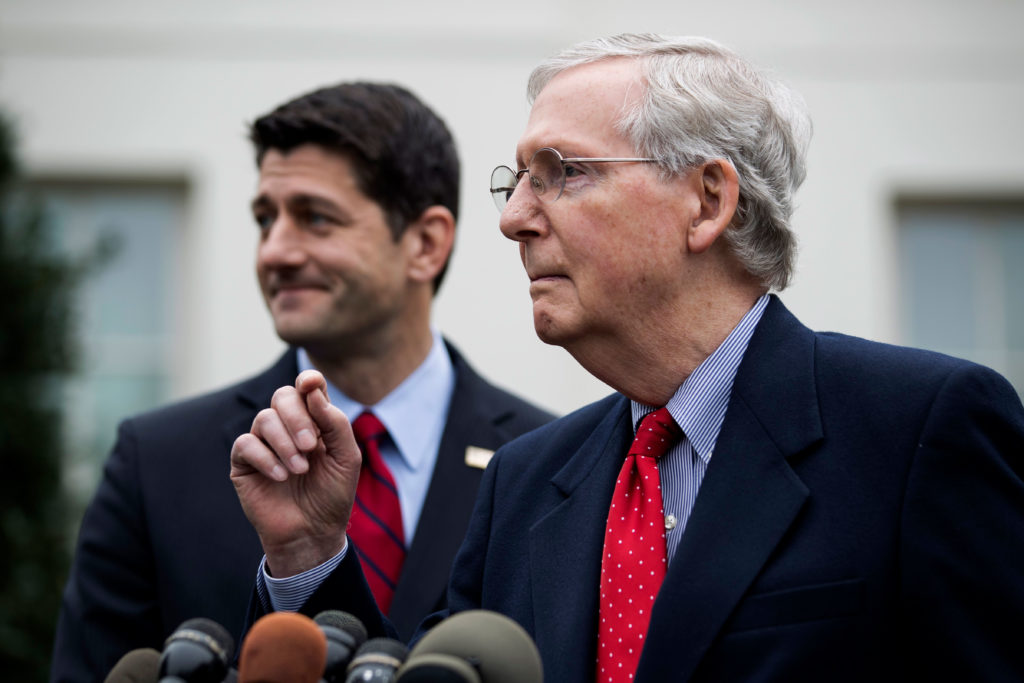I have rarely been one to argue that Congress spend more time in Washington. In general, the less they are here to create new laws and new regulations and other busybody measures telling the rest of us how to live, the better.
But in order to get less government, we need the current Congress to put in a little more time rolling back the one we have.
As of the end of February, the House of Representatives has spent a total of 31 days doing business in Washington and the U.S. Senate has spent 30. If nothing changes, they are basically on track to meet the same monthly Washington workload as the 114th Congress where the House averaged a whopping 13 days a month in both 2015 and 2016, and the Senate’s monthly average was 14 days across the same time period.
Now I know many members will say that just because they aren’t in Washington doesn’t mean they aren’t working. They are busy, busy back in their districts and states staying in touch with their constituents and learning about issues they need to address.
But let’s be honest. In this brave new connected world of phones, email, the internet, and social media, let’s just say it’s not quite as hard for lawmakers to reach out and touch the folks back home—and vice versa—as it used to be.
Second, what’s the point of learning about new problems to solve when you have yet to deliver on the very ones you’ve already promised to fix?
For more of an “apples to apples” comparison, let’s look at the last two periods where Congress was dealing with a new chief executive.
In 2001, the House was only in session 14 days over the first two months of President George W. Bush’s presidency, and the Senate was here for 25. Republicans, at that time, had majorities in the House and Senate.
In 2009, during the first two months of President Barack Obama’s presidency, the House spent 27 days in session, the Senate was here 34. Democrats controlled both the House and Senate.
Notice a difference? When Democrats have majorities, they tend to run with it.
A look at the legislative history over the first 100 days of the Bush and Obama presidencies provides further evidence.
Congress introduced mostly minor legislative proposals during Bush’s first 100 days, and even his signature legislation, the No Child Left Behind Act, was only introduced—it didn’t actually pass Congress until the end of 2001.
In fact, Bush signed no legislation until June of that year. And that was before the terrorist attacks of Sept. 11, which understandably altered the Bush administration’s agenda.
Contrast that to the record of Obama, who signed six pieces of legislation in his first 100 days. That’s right, six. And they included some big-ticket items for the left.
The Lilly Ledbetter Fair Pay Act was teed up by Democrats in Congress before Obama even took the oath of office, and the new president signed it on Jan. 29. Both the Children’s Health Insurance Program Reauthorization and the “stimulus” deal, known as the American Recovery and Reinvestment Act, were passed and signed by mid-February.

President Barack Obama signs the Lilly Ledbetter Fair Pay Act nine days into his presidency, on Jan. 29, 2009. (Photo: Kevin Dietsch/UPI/Newscom)
And none of these bills were bipartisan, unity-building exercises. They got through with mostly Democratic votes.
Fast forward to 2017, when two months into President Donald Trump’s administration, no major legislation has been passed. There is no excuse. Legislation to repeal Obamacare made it’s way through both the House and Senate in 2015. All it needed was a Republican president to sign it.
Republicans could have simply reintroduced that legislation in early January of this year, passed it, and had it ready for Trump to sign his first day in office. But they didn’t.
And, as has been widely reported, even by the mainstream media, Trump’s Cabinet confirmations have gone through at a much slower pace than previous recent administrations. On Day One of the Bush administration, seven Cabinet nominees were confirmed. Six were confirmed on Day One of Obama’s administration.
But on Trump’s? Only two.
Additionally, according to one tracking service monitoring 550 key positions, out of approximately 1,200 across the government that require Senate confirmation (deputy and assistant secretaries, general counsels, chief financial officers, etc.), only 18 of Trump’s have been confirmed as of this writing. Eighteen.
That means the political appointees from the previous administration still hold majority of those positions. And if you think many of them aren’t using every last day they have on the job to block the new administration’s agenda, then you haven’t been following stories about government leaks.
This brings us back to the congressional calendar, particularly the work schedule of the Senate.
Yes, Senate Minority Leader Chuck Schumer and company have been using all the parliamentary and procedural tricks they can find to block confirmations and stall the process. Yes, that is very frustrating.
But even more frustrating is that Republicans aren’t doing all they can to put a stop to this.
The Senate does not have a constitutional right to go home. They can be kept in session for as long as Senate Majority Leader Mitch McConnell keeps them there. They can even be forced to work every week, and six or seven days per week, if that’s what it takes to stop this nonsense.

Senate Majority Leader Mitch McConnell, front, with House Speaker Paul Ryan. (Photo: Jim Lo Scalzo/EPA/Newscom)
Democrats want to filibuster? Fine. They should be forced to do it all week, Sunday through Saturday.
These folks are public servants, after all, and they would better serve the public by staying in session and getting the people’s business done rather than flying home after three and half days of work each week and complaining at a local ribbon cutting or town hall about all the gridlock in Washington.
Perhaps the problem is that while voters sent a very strong message in the 2016 election, business as usual for Congress hasn’t changed—they typically fly in on Monday mornings and leave on Thursday afternoons.
The idea that at this rate they will succeed in repealing Obamacare, protecting the border, reforming the tax code, overhauling regulations, and making good on other campaign promises they made is increasingly questionable.
According to Gallup, American adults who work full time average 47 hours a week, which breaks down to about six days a week.
If Congress can do its job in half the time it takes the rest of us, great. But there is little evidence to suggest that’s what’s going on.
It’s past time for Congress to realize business as usual isn’t going to get the job done. Congress should do what regular Americans do when a job is left unfinished: work overtime.






























